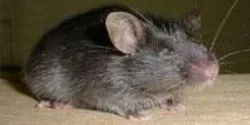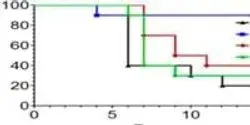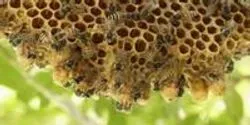mice

A new film from the University of Cambridge looks at how mice are helping the fight against cancer and the facilities in which they are housed, and explores issues of animal welfare and the search for replacements

Cataract is one of the most common eye diseases, becoming more prevalent as people age. Over half of adults in the United States develop cataracts before age 80 and more than six million have undergone surgery to prevent vision loss caused by the clouding of the eye lens.*

A genetically diverse mouse model is able to predict the range of response to chemical exposures that might be observed in human populations, researchers from the National Institutes of Health have found. Like humans, each Diversity Outbred mouse is genetically unique, and the extent of genetic variability among these mice is similar to the genetic variation seen among humans.

What if repairing large segments of damaged muscle tissue was as simple as mobilizing the body’s stem cells to the site of the injury? New research in mice and rats, conducted at Wake Forest Baptist Medical Center’s Institute for Regenerative Medicine, suggests that “in body” regeneration of muscle tissue might be possible by harnessing the body’s natural healing powers.














